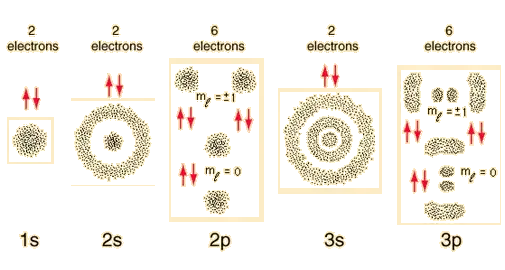I studied in my physics class that de Broglie proposed that electrons are actually standing waves and that is the reason why their energy levels are quantised.
But I studied that the wave function of an electron is what we call the atomic orbital and wave functions of electrons come in various shapes depending on the energy levels (i.e. the eigenfunctions for the corresponding eigenvalues).
For instance, some wave functions are spherical in shape (s-orbitals), some are dumbbell-shaped (p-orbitals), etc. But if the wave functions of the electrons are of these shapes then how can the electron be a standing wave?
For e.g., if the wave function of an electron is spherically symmetric (s-orbital) that means that there is 99% probability of finding the electron in that spherical region. But if the electron can be anywhere in that 3-dimensional space then how can it behave like a standing wave as proposed by de Broglie?
This is because if the electron were a standing wave it would be a standing wave in its orbit and it will be a 2-dimensional 'thing'. But on the other hand we are also saying that the wave function of the electron is spherically symmetric and thus can be anywhere in the 3-dimensional space.
How can an electron be both a standing wave and have its wave function spherically symmetric? Is the electron even a standing wave? I am so confused. Can someone please provide the explanation?
